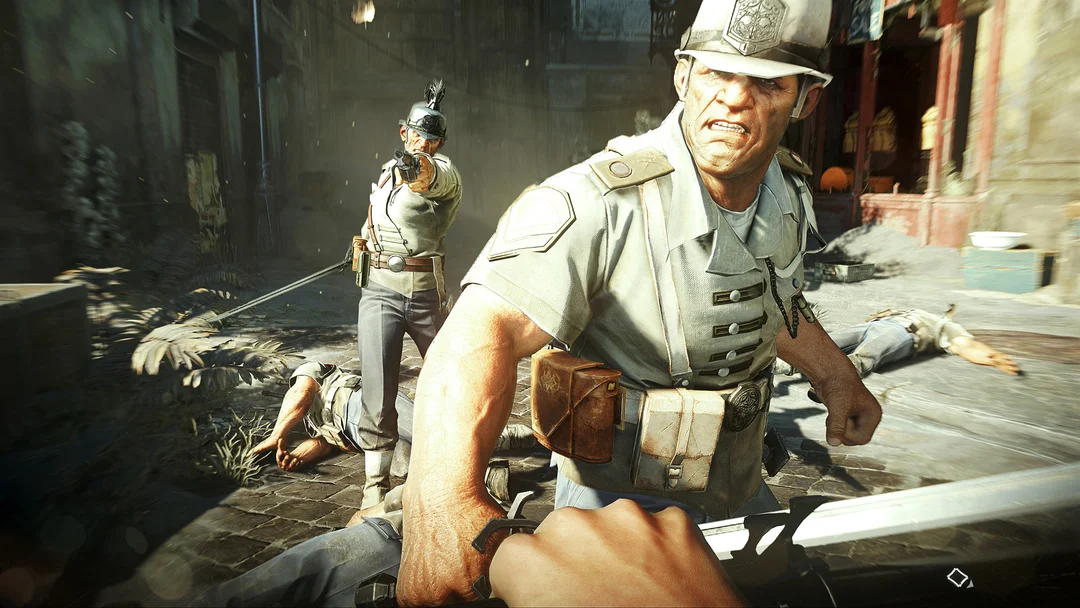
The Great Parry Debate: Is It Gaming’s Best or Worst Mechanic?
The gaming world is in a heated debate: parrying. Some celebrate it as the ultimate skill flex, while others denounce it as a frustrating necessity. Is parrying a rewarding challenge or an unnecessary chore?
This discussion has been reignited thanks to recent games, with some players questioning the timing and animations in comparison to titles they consider to have mastered the art. However, the core argument splits into two camps: those who relish the precision and reward of a successful parry, and those who find it finicky and punishing.
The Case Against Parrying: A Chore in Disguise
For some, parrying is inherently flawed. It demands precise timing, often relying on narrow windows and audio cues. In the chaos of combat, focusing on these minutiae can be overwhelming. One argument is that parrying doesn't translate well from real life to video games. The instinctive calculations involving distance, weapon length, and speed are lost in translation, replaced by pre-determined animations that feel restrictive.
Instead of spontaneity, players are forced to memorize timing patterns, effectively turning combat into a rhythm game. Furthermore, some criticize mechanics that rely heavily on understanding code and hitboxes, deeming them exclusionary to casual players who prefer a more intuitive experience.
The Case For Parrying: A Masterful Defense
On the other side, parrying is praised as one of the most satisfying mechanics in gaming. It's seen as a high-risk, high-reward gamble that allows players to turn defense into offense. Successfully timing a parry, as described, can leave an enemy vulnerable to a devastating counter-attack – a testament to skill and precision.
Many games provide satisfying feedback with a sharp clang, reinforcing the successful parry. This creates a Pavlovian response, rewarding the player for their mastery of combat. Classic video game moments, such as Evo moment #37, highlight the potential of parrying, showcasing how a skilled player can use it to overcome seemingly impossible odds.
Games such as Yakuza / Like a Dragon series offer powerful parries like Kiryu Kazuma’s Tiger Drop, and Dante's royalguard technique in Devil May Cry is another example of how parrying (or a close variant) can be a game-changer, allowing skilled players to negate the enemy's powerful attack.
The Verdict? It Depends.
Ultimately, the value of parrying seems to be subjective. It depends on player preference, game design, and the level of difficulty. Some players appreciate the challenge and the rewarding feeling of mastering a difficult mechanic, while others find it frustrating and prefer a more accessible combat system.
Where do you stand on the parry debate? Share your thoughts and favorite parry moments in the comments below!